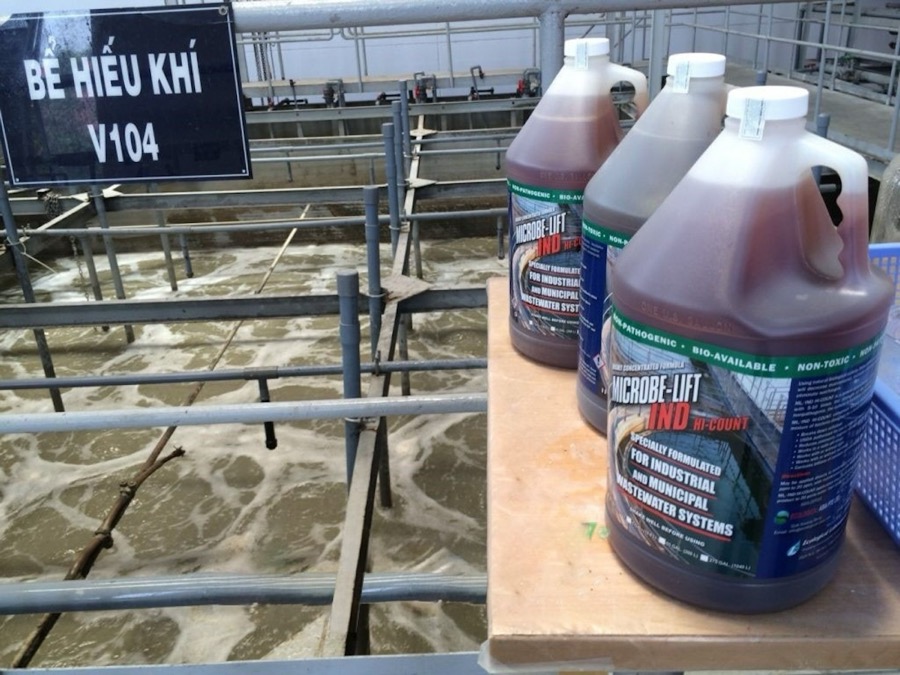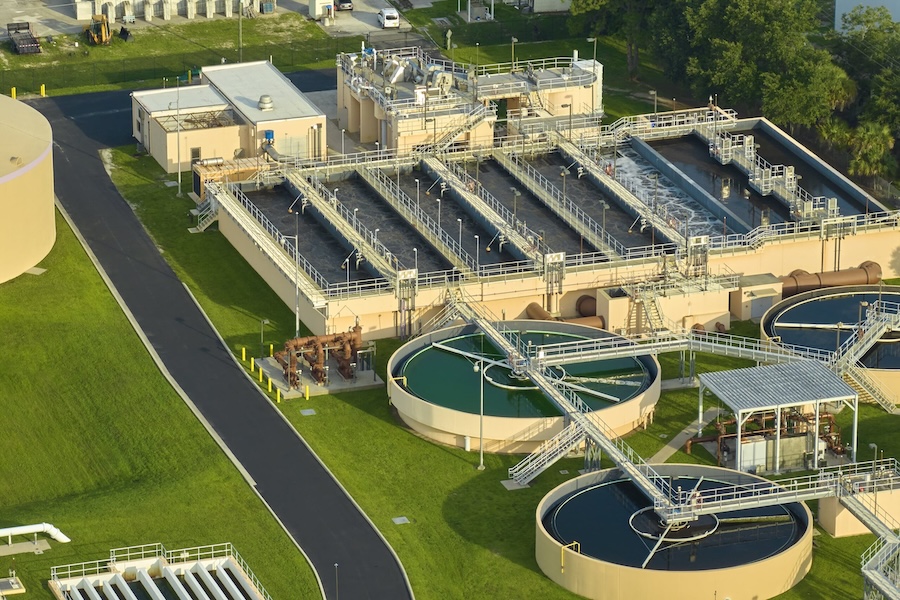In biological wastewater treatment, microorganisms are responsible for degrading organic and inorganic pollutants. However, proper microbial seeding is a key factor that helps stabilize the system and improve operational efficiency. So, what exactly is microbial seeding? How can we build a healthy microbial community that adapts well to different types of wastewater? Let’s explore the details in the article below.
1. What is microbial seeding?
Microbial seeding is the process of introducing microorganisms into the biological treatment system to develop a microbial community capable of decomposing pollutants in wastewater. In the initial stage, microorganisms need time to adapt to environmental conditions and available nutrients. The goal of seeding is to build a strong, high-density microbial population suitable for the type of wastewater being treated. This ensures stable biological performance and long-term system operation.
Microorganisms play a core role in biological treatment, especially in stages such as activated sludge, aerobic, or anoxic processes. They can degrade organic pollutants like COD and BOD and convert nitrogen compounds (ammonia, nitrate) and phosphorus through nitrification, denitrification, and biological phosphorus removal. A well-developed microbial system not only improves treatment efficiency but also maintains system stability, minimizes shock loading, and adapts to fluctuations in flow and wastewater composition.

Microorganisms have the goal of treating organic and inorganic substances in wastewater.
2. Factors affecting microbial seeding efficiency
2.1 Microbial sources
Currently, there are two main types of microbial sources: commercial microorganisms and natural ones, specifically:
-
Pure cultures are taken from activated sludge or from systems that are already stably operating, as they are already acclimated to similar wastewater environments. Choosing the right microbial source increases treatment efficiency and long-term stability.
-
Commercial microorganisms are available in dry or liquid form and contain specialized strains for treating industrial, domestic, or specific pollutant-rich wastewater. Their advantages include easy storage, convenient use, and quick effectiveness during the system startup phase.
2.2 Environmental conditions
-
pH: The ideal pH range is 6.5–8.5, which is optimal for most aerobic bacteria and ensures stable activity for some anaerobic microbes. A pH that is too high or too low can reduce biological productivity and cause microbial shock.
-
Temperature: Keeping the temperature between 25–35 °C supports microbial activity, especially for nitrifying bacteria. If the temperature falls below 15 °C or exceeds 40 °C, biological reaction rates will significantly drop.
-
DO (dissolved oxygen): Maintain >2 mg/L to ensure aerobic conditions, allowing microorganisms to efficiently degrade COD and BOD, and avoid oxygen-deficient conditions that can directly harm microbial communities.
2.3 Supporting nutrients
-
A BOD:N:P ratio of approximately 100:5:1 (can vary between 100:10:1 and 100:5:1) is considered the standard to ensure that microbes have sufficient energy and nutrients for degrading organic matter, cell synthesis, and enzyme activity.
-
If nitrogen or phosphorus is lacking, BOD removal efficiency may drop, causing sludge bulking or unstable floc formation.
Microbial sources, pH, temperature, DO and nutrients determine culture efficiency
3. What is the effective microbial seeding process?
3.1 Startup phase
In the startup phase, microbes are introduced into the biological tank along with a small amount of wastewater with low COD, allowing them to gradually acclimate. At the same time, the system must maintain gentle mixing and continuous aeration to evenly distribute microorganisms and provide enough oxygen for their activity and growth.
3.2 Adaptation phase
The next step is to gradually increase COD levels so that microbes become accustomed to actual pollutant loads. During this period, it is essential to monitor pH, DO, odor, and the ability of microbes to form flocs. If issues arise such as low DO or unstable pH, the microbial community may weaken or fail to form good flocs.
3.3 Stabilization phase
When the microbial community becomes stable, MLSS (mixed liquor suspended solids) should reach around 2,500–3,500 mg/L, indicating an appropriate biomass density. Microbes will also form strong flocs, settle well, and avoid sludge floating — ideal conditions for long-term operation and for minimizing biological issues such as pin-floc or sludge bulking.

Microorganisms need to go through stages to adapt and function stably
4. Important notes when seeding microorganisms
-
Avoid excessive COD input at once: Prevent shock loading by not adding a large amount of organic matter to the biological tank all at once, as it may stress or kill off microorganisms.
-
Avoid toxic chemicals: Eliminate or minimize the introduction of oils, heavy metals, solvents, and detergents into the tank since these can inhibit microbial enzymes, disrupting nitrification, floc formation, and sludge settling.
-
Daily monitoring: Monitor key indicators such as pH, DO, MLSS, SV30/SVI, along with visual observations of odor and water color to detect early changes in the environment, sludge flotation, or microbial imbalance and make timely adjustments.
Microbial seeding is the foundation for sustainable operation of any biological wastewater treatment system. Choosing the right microbial source, maintaining suitable environmental and nutritional conditions, and following a phase-specific process will help build a stable, high-performance, and easily manageable microbial community.


